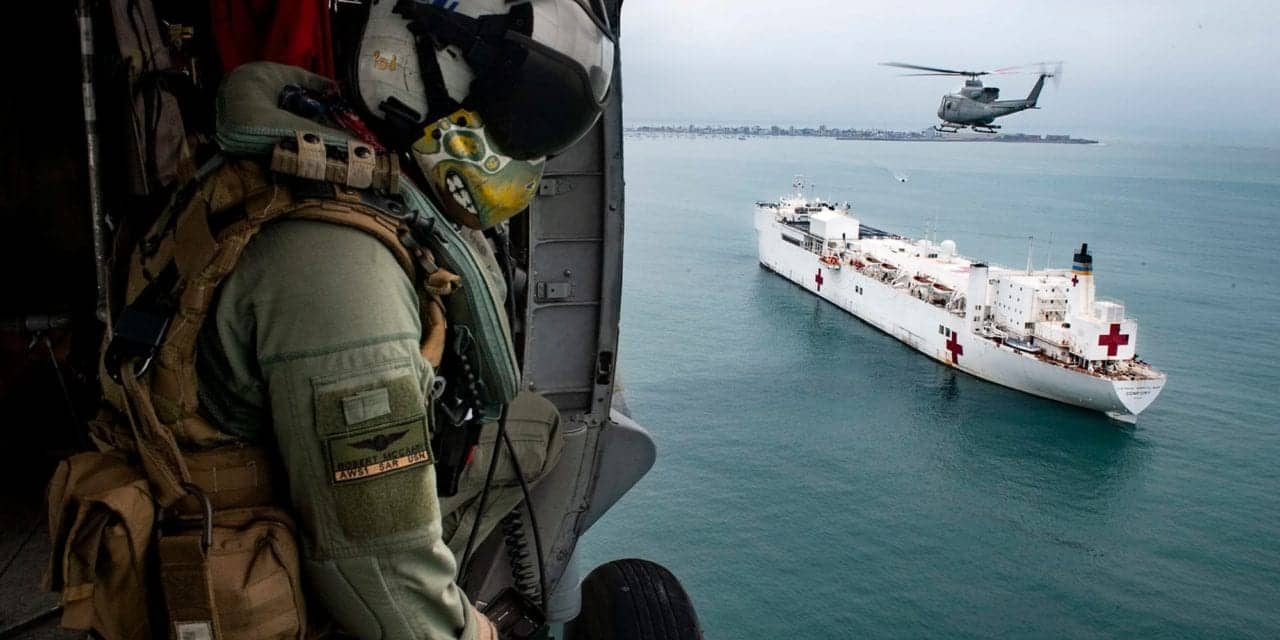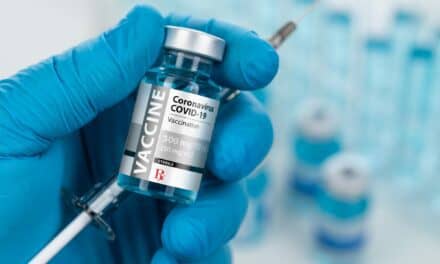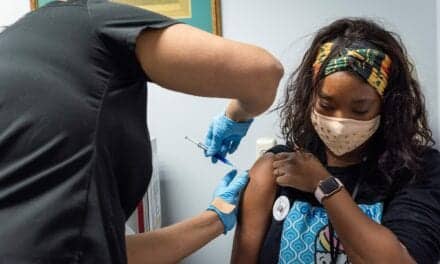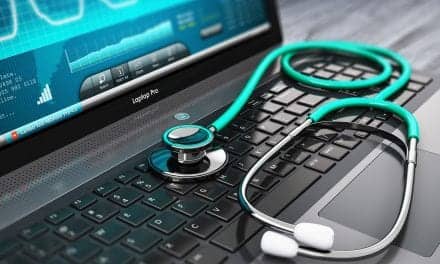Image credit: US Navy photo by Mass Communication Specialist 2nd Class Morgan K. Nall / Released) 190714-N-IA905-1073. A Naval Aircrewman flies in an MH-60S Sea Hawk over the hospital ship USNS Comfort. On Wednesday, President Trump activated two US Navy hospital ships — the USNS Comfort and USNS Mercy — to support East and West coast coronavirus responses.
The United States and Italy, who had both recorded their worst single-day infections and death tolls from COVID-19 on Mar 17, did so again on Mar 18. Meanwhile, China, the epicenter of the pandemic, marked a turning point in its response, recording no new domestic cases for the first time since its outbreak began in December.
On Wednesday, Italy’s number of infections jumped by 4,207 cases to 35,713 total infections, including 345 newly-reported deaths. With the nation’s death toll at 2,978, Italians remain under home quarantine and are reportedly unable to bury their dead.
Meanwhile, infections in the United States increased by 2,983 on Wednesday, with another 36 deaths. Wednesday’s totals mean America’s death toll has reached 150 along with 9,345 total infections. That number is significant because US cases have now exceeded those in South Korea, whose aggressive testing and containment strategies have resulted in a leveling-off of infections in the last week, something the US had hoped to replicate.

A new study published online in Science estimates that for every one confirmed case of COVID-19 there may be five to 10 undiagnosed cases in the community. That means the reported US total of 9,000 could actually be 45,000 to 90,000 undetected infections.
New York City now has 1,871 of New York State’s 3,083 COVID-19 cases, with 11 deaths as of Mar 18, WABC reported. According to The NY Daily News, four FDNY firefighters have tested positive for the virus, and 100 more are quarantined or under evaluation.
On Mar 18, the first two members of Congress were diagnosed with coronavirus, Politico reported. The first, Florida Representative Mario Diaz-Balart, developed symptoms Saturday and was confirmed positive Wednesday. The second, Utah Representative Ben McAdams, self-isolated on Saturday and was confirmed positive Mar 18.
Help Is On The Way
On Wednesday, President Trump invoked the Defense Production Act via executive order. The provision will allow the federal government to ramp up production of medical supplies, specifically personal protective equipment or ventilators “should we need to invoke it in a worst case scenario in the future,” the President said via tweet.
Conservative estimates believe 200,000 patients would need ICU care in a moderate flu pandemic, but another estimate said as many as 960,000 patients may need ventilator support, according to USA Today. New York governor Andrew Cuomo said in a Mar 17 press conference that his state will need an additional 50,000 beds to meet the demand at COVID-19’s “peak.”
In an effort to fill part of that gap, on Wednesday the President activated two US Navy hospital ships to support hard hit areas on each coast. The USNS Comfort and the USNS Mercy, each 1,000-bed medical ships, will deploy to New York and an unspecified city on the West coast. According to Defense Secretary Mark Esper, the ships will anchor and take on non-COVID-19 patients to free up space in civilian hospitals if they are overrun, CNN reported.
According to Vice President Mike Pence, the Department of Health and Human Services issued a regulation on Mar 18 to allow medical professionals and physicians the ability to practice across state lines in order to assist facilities in adjoining areas.
Also on Wednesday night, the President signed the “Families First Coronavirus Response Act”, which will provide free coronavirus testing to Americans, as well as no-cost coronavirus-related treatments. The bill, which was passed by the Senate that afternoon, ensures the testing and treatment are covered by public and private insurance, including Medicare and Medicaid, and for the uninsured, according to the Brookings Institute. According to the White House, the bill also provides employment-related protections and benefits, tax credits, and other provisions.










